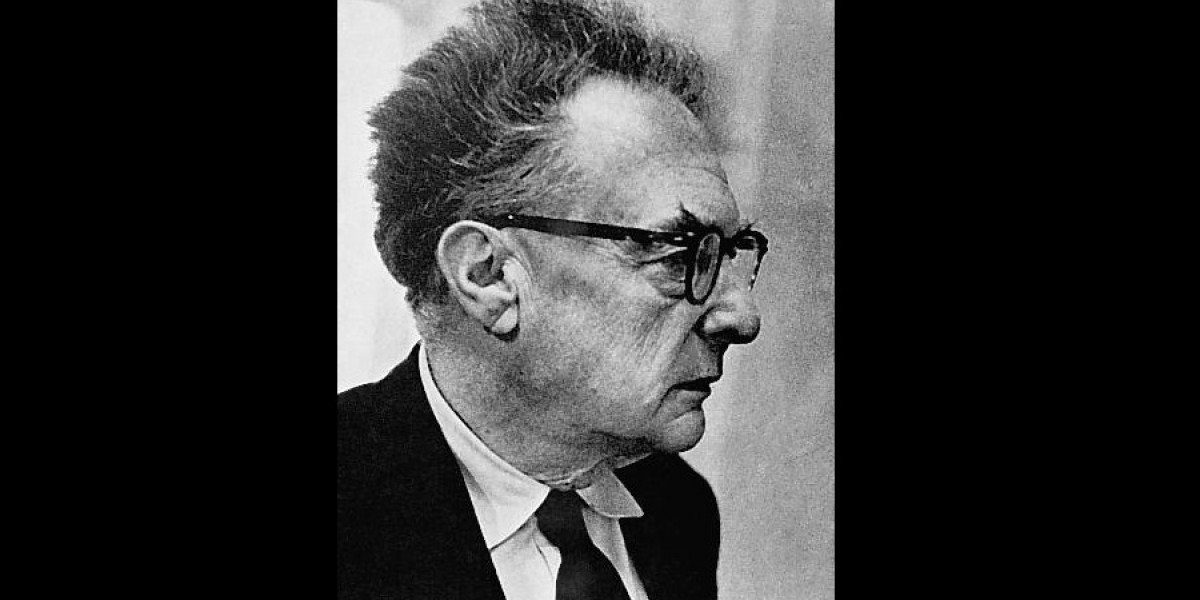We explain what the functions of language are, the various functions they fulfill and what are the general characteristics of each one.
What are the functions of language?
Language functions are the purposes for which spoken or written language is used.
The disciplines that study the functions of language are linguistics and communication. This is because to understand its functions, language must be understood as a communicative act in which different elements intervene:
- Transmitter. It is the person or group of people who speak or write. That is, who initiates the communication.
- Receiver. He is the one who receives the message, that is, to whom the communication is directed.
- Channel. It is the means by which the message is transmitted. It can be the sound , the telephone , the writing , etc.
- Code. In the case of language, it is the language itself.
- Message. It is the content of what is transmitted (the information).
- Referrer. It is what the message talks about. For example, if Juan tells Pablo that the main street has been flooded, the reference is the street and the flood .
- Context of enunciation. They are the circumstances in which the message is issued, which can modify it. For example, if a person says "In front of this huge crowd" when effectively speaking to a crowd, the message is taken seriously. On the other hand, if you say the same phrase in front of two people, the message is taken as a joke or irony.
Referential or informative function
 The language in this function is used to give information about the referrer . The most frequent sentences are declarative or declarative.
The language in this function is used to give information about the referrer . The most frequent sentences are declarative or declarative.It is important to note that the referential function can be used in texts that refer to reality , for example journalistic texts, and also in texts that refer to fiction, such as stories and novels .
This function is also used in a pure form (that is, not combined with other language functions) mainly in scientific texts .
Emotional or expressive function of language
The language fulfills the function of transmitting the mental state or the thoughts of the emitter . Exclamatory sentences and interjections are used more than in other functions of the language, for example "¡ay!" or "How beautiful!"However, you can also use declarative sentences that describe feelings or evaluative qualities of objects, for example "It filled me with joy to see the little feet of my beloved daughter take her first steps."
Conative or appellative function of language
 This function aims to promote some attitude or action in the receiver of the message . The conative function is found in all questions since they ask for an answer from the receiver, for example: "What's your name?"
This function aims to promote some attitude or action in the receiver of the message . The conative function is found in all questions since they ask for an answer from the receiver, for example: "What's your name?"It is also found in imperative sentences , for example "Close the window, please."
Phatic or relational function
 The language in this function is used to initiate, interrupt, continue or end the communicative act . This function is used to check or make changes to the communication channel.
The language in this function is used to initiate, interrupt, continue or end the communicative act . This function is used to check or make changes to the communication channel.For example, when answering the phone, the phatic function is used when saying "Hello?" , and this greeting formula indicates that the communication channel has been opened.
On the other hand, the greeting formulas can also be used in person to start a conversation : "hello", "excuse me" or "how are you?" are examples of phatic function to initiate communication.
To temporarily interrupt communication and then resume it, other formulas are used such as "wait a minute", "as I said", "what were you saying?"
To end the communication, farewell formulas are used , such as "goodbye", "see you later", or even in speeches or presentations before an audience it ends with "thank you very much".
Metalinguistic function
This function is used to speak the language itself , that is, the code. For example: "Does anyone know how to syllable the word cooperative?" and "Sonia is a name that comes from the Russian language."
Poetic or aesthetic function
 This function is used when the message itself wants to be highlighted . That is, the words and structures used in the communicative act.
This function is used when the message itself wants to be highlighted . That is, the words and structures used in the communicative act.The internal structure of the message becomes important and in some cases the sign used (the word) becomes more relevant than its referent (what is being talked about).
This function is used whenever language is used as art , for example in poetry , music with words and narrative. On the other hand, it is also used in rhetoric.
Overlapping language functions
In the usual use of language, its functions can be combined in the same discourse or even appear superimposed. For example: “Hundreds of hectares of forest are cleared by multinational construction companies. Sign this petition to stop them. " In the example, the first sentence is mainly informative, however, it is the basis for the appellative function of the second sentence.In other cases, two functions may have the same simultaneous importance : “In this traditional Japanese village, all the houses are built in wood and give the feeling of having stopped in time, with their industrious peasants in summer and autumn, with their smoking chimneys. in winter and the thick layers of snow that accumulate on the sloping roofs. On cold nights, the fronts of the houses are illuminated with lanterns giving a pleasant sensation of heat in the midst of the whiteness. "
In the example, the text fulfills the referential function, since it provides information about the appearance of the town. But on the other hand, it has been written in such a way that it is pleasant to read , that is, prioritizing the poetic function as well.
Roman Jackobson
 Roman Jackobson (1896 - 1982) was a Russian linguist who identified and classified the functions of language as we study them today. He studied at the University of Moscow and later taught at universities in Copenhagen (Denmark), Oslo (Norway) and Uppsala (Sweden).
Roman Jackobson (1896 - 1982) was a Russian linguist who identified and classified the functions of language as we study them today. He studied at the University of Moscow and later taught at universities in Copenhagen (Denmark), Oslo (Norway) and Uppsala (Sweden).Jackobson took a previous model from Karl Büler , which distinguished three functions (representative, expressive and appellative) and increased its complexity to account for all the factors of communication.
Michael Halliday
This English linguist questioned Jackobson's classification and at the end of the 20th century proposed three major functions of language:
- Ideative. It expresses and establishes the relationships between the speaker and the surrounding world.
- Interpersonal It allows to establish social relationships.
- Textual. It is associated with one of the above to maintain cohesion between the parts of the speech and also between the speech and the context in which it is delivered.
Speech acts
 L. Austin and John Searle proposed another way of thinking about language in terms of "speech acts." These authors were not looking for functions but activities of language:
L. Austin and John Searle proposed another way of thinking about language in terms of "speech acts." These authors were not looking for functions but activities of language:
- Speaking activity. It is what is said.
- Ilocutive activity. There is an intention on the part of the speaker to do something at the moment of speaking. For example, by saying “I swear I don't know him”, you are not only speaking, but you are also swearing.
- Perlocutionary activity. It is what is achieved thanks to speech, for example, an effect or reaction in the listener.
The above content published at Collaborative Research Group is for informational and educational purposes only and has been developed by referring to reliable sources and recommendations from technology experts. We do not have any contact with official entities nor do we intend to replace the information that they emit.
MA student of the TransAtlantic Masters program at UNC-Chapel Hill. Political Science with a focus on European Studies. Expressed ideas are open to revision. He not only covers Technical articles but also has skills in the fields of SEO, graphics, web development and coding. .
Leave a reply
Your email address will not be published. Required fields are marked *Recent post

Sport: What Is It, Types, Risks, Features, Characteristics and Examples

Dogs: Emergence, Features, Characteristics, Feeding and Breeds

Story: Definition, Elements, Structure, Features and Characteristics

